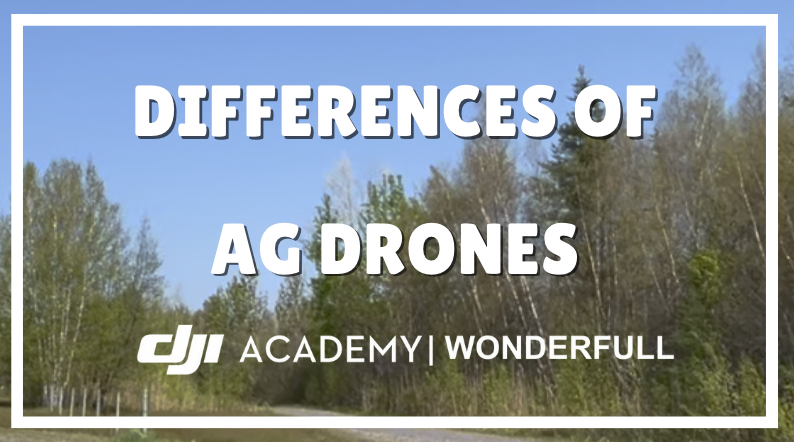Compared to traditional vehicles, evaluating drones seems to be more challenging. Drones have only recently entered our lives, so our understanding of them is not as deep as that of traditional vehicles, making it difficult to discuss drones as confidently as we do cars.
Some users, due to a lack of understanding, have mistakenly selected the wrong drones, causing significant financial losses and mental stress. Some even view their drones as one-time use tools.
Fortunately, as a professional agricultural drone team, we have accumulated years of in-depth study and hands-on experience. We’ve summarized a simple and effective method for evaluating drones. Let’s explore how to start selecting the right drone!
1. Drone Capacity and Size
First and foremost, while capacity and speed are important, they are not the primary factors in evaluating a drone. A high-quality drone must have reliable performance, versatility, and a strong emphasis on safety.
2. Spraying Performance
The core function of a spraying drone is, of course, spraying. Many people may not know that in the agricultural drone industry, DJI is the only company with a dedicated wind field laboratory for analysis. DJI has precisely optimized various aspects, including product structure, boom angle, spray droplet angle, coverage area, and deposition uniformity.
Because spraying drones use limited amounts of water, improper operation may cause the liquid to drift into the air, reducing effective adhesion. Alternatively, flying too low can damage seedlings, ultimately impacting crop yield.
However, DJI’s agricultural drones have undergone comprehensive optimization in terms of wind field pressure, wind field structure, coverage uniformity, drip control, and spray patterns. Additionally, they effectively control drift range, ensuring precise spraying and providing farmers with professional-grade equipment. This sets them apart from drones made from cobbled-together parts on the market. Those drones can, at best, be called water-spraying drones and do not possess proper spraying capabilities.
This is why DJI-branded agricultural drones are the only spraying drones approved by the South African government for use in agriculture.
3. Signal Control
Signal control is another crucial factor. Many users have likely experienced watching their drone fly away and then suddenly lose control and crash. This typically happens due to issues with the signal control system. DJI’s elsewhither Agras series drones offer a maximum control distance of 2 kilometers, effectively mitigating issues related to weak wireless signals in rural areas. This greatly improves operational stability and safety.
Further Learning and Resources
These are just a few key points for evaluating drones. To learn more, please click http://childpsychiatryassociates.com/?p=2787 [this link] to access detailed information.
As the first company in Canada specializing in DJI agricultural drones, we have spent years developing a comprehensive comparison chart that outlines the key differences between DJI drones and other options on the market. This resource has helped many users make informed decisions, saving time and avoiding costly mistakes when selecting the right drone for their farms.
We hope this article serves as a clear and useful guide, helping you confidently choose the right agricultural drone.

You are welcome to contact us to discuss more!
| DJI Agras T50 | Contents | Other Brands |
| YES | System redundancy | NO |
| YES | Professional remote control with FPV Camera | NO |
| YES | Adjustable angle camera | NO |
| YES | Stable signal transmission | NO |
| YES | Stable image transmission | NO |
| YES | Good signal control over long distances | NO |
| YES | Low risk of products failure | NO |
| YES | Air-cooled battery | NO |
| YES | Good battery quality | NO |
| YES | The drone can be charged immediately after landing | NO |
| YES | Dual atomization centrifugal nozzle | NO |
| YES | More uniform spraying | NO |
| YES | Professional wind field design | NO |
| YES | Professional spreader | NO |
| YES | Easy to maintain | NO |
| NO | High price | YES |
Follow us on Twitter: https://x.com/wonderfullinc
Follow us on Facebook: https://www.facebook.com/wonderfull.ca/
WONDERFULL INC.
DJI Agriculture Drones
General Distributor of Canada
Sales I Academy I Services I Parts
Office: 647 800 7952
Text : 647 287 6851
Address: 5955 10 Sideroad Innisfil, ON L0L 1K0
